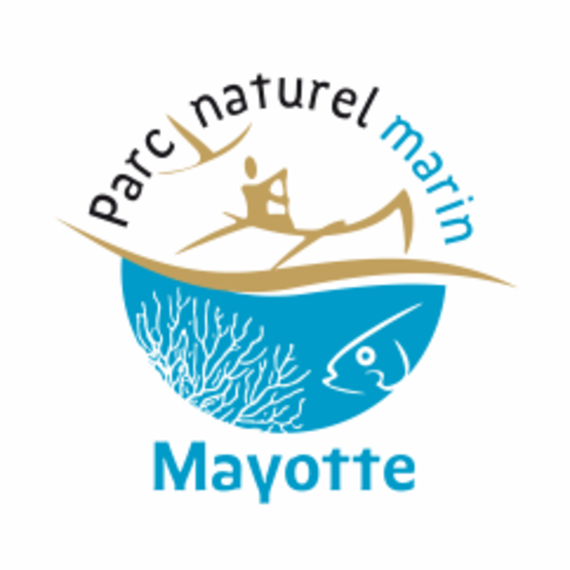Mayotte Natural Marine Park
Created in 2010, the Mayotte Natural Marine Park covers an area of nearly 69,000 km², including the lagoon, territorial waters and exclusive economic zone of Mayotte. The Park's actions are guided by its management plan, a 15-year roadmap aimed at reconciling the protection of biodiversity and the sustainable development of activities. The Park is governed by the stakeholders of the territory, who meet in a management council, and is part of the French Office for Biodiversity, which provides it with the means to act.
Of the 6 species of marine turtle recorded in French waters, 5 are present in the waters of the Park. The most abundant is the green turtle (Chelonia mydas), which can be seen massively during the egg-laying phase on the beaches of Mayotte, but also during the feeding phase on the intertidal meadows. On a regional scale, studies on migratory routes and genetic diversity also highlight the importance of Mayotte in the northern Mozambique Channel for preserving the Indo-Pacific stock.
All of the Park's actions on marine turtles meet the objectives of raising awareness and education, mobilising stakeholders, acquiring knowledge and regulating the pressures impacting habitats and species. The Park is notably involved in the Mahoran Sea Mammal and Sea Turtle Stranding Network (REMMAT) and is responsible for its management. Within this framework, with the other members of the network, it actively participates in the fight against poaching, identified as the main threat to turtles in Mayotte. On the territory, waste also represents a major threat to marine ecosystems. In order to identify the causes of death linked to this pollution, samples of the digestive contents of dead turtles are taken within the framework of the Marine Waste Observatory.
In terms of knowledge acquisition, the Park carries out several monitoring activities on the populations and habitats essential to the turtles' life cycle. Since 2015, land-based monitoring on Titi Moya beach has been aimed at studying local populations of egg-laying females, assessing egg-laying success and the proportion of green and hawksbill turtles that frequent the beach. In parallel, since 2019, in order to have a global view of the egg-laying populations on the territory, an aerial monitoring of the tracks of egg-laying females is carried out every 15 days on the 210 beaches of the island.
Thanks to these data, hotspot zones could be identified with, as an example, the Saziley zone which concentrates 35% of all the tracks recorded. In Petite Terre, Moya 1 and Papani account for 16% of all tracks observed in this sector. Taking into account all the data acquired on all the beaches of Mayotte, these two areas alone account for more than 50% of the marine turtle tracks recorded.
In addition to egg-laying habitats, the preservation of feeding habitats such as coral reefs or sea grass beds is an essential issue in order to preserve marine turtle populations. Since 2020, the Park has carried out annual monitoring of intertidal sea grass beds in four areas known for their role as nurseries. Work is underway to assess the state of this ecosystem and to determine the origins of variations in this state.
Following on from the work on habitat use, the Indian Ocean Sea Turtle (IOT) project aims to improve our knowledge of the feeding, resting and movement habits of juvenile, green and hawksbill turtles. To achieve this, the project relies, firstly, on the development of a new generation of innovative, low-cost, open-source tags and receiving stations. This technological development will enable the project to achieve its second objective: to create the first regional observation network for marine turtle movements in the south-west Indian Ocean basin through regional scientific cooperation.
In 2021, collaboration between the Park, the Mayotte Departmental Council and the Oulanga Na Nyamba association during two IOT missions enabled the equipping of 6 juvenile green turtles on the Badamiers mudflat (3 green and 3 hawksbill) and 4 individuals on N'gouja. At the same time, the installation of two new LoRa (Long Range) antennas ensures good data reception.
The tags of the four turtles equipped at N'gouja are still in operation and the first data from the deployments are already available.
These, when analysed, will provide movement patterns as well as areas occupied by young turtles for feeding and resting. These results will support decisions to implement management measures. Finally, as a follow-up to this study, training of the Mayotte partners by the Ifremer team in tagging activities will eventually allow data collection to be extended to other sites on Mayotte, an island known for the complexity of its habitats.

